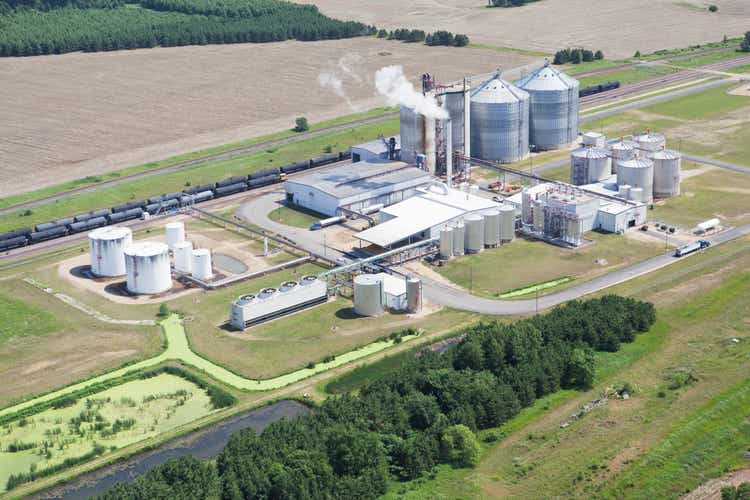
Introduction
The small and largely unknown ethanol-focused Green Plains Partners (GPP) as a Master Limited Partnership would appeal to income investors, if not for their currently low distribution yield of slightly under 4.00%. Whilst

The small and largely unknown ethanol-focused Green Plains Partners (GPP) as a Master Limited Partnership would appeal to income investors, if not for their currently low distribution yield of slightly under 4.00%. Whilst
Analyst’s Disclosure:I/we have no positions in any stocks mentioned, and no plans to initiate any positions within the next 72 hours. I wrote this article myself, and it expresses my own opinions. I am not receiving compensation for it (other than from Seeking Alpha). I have no business relationship with any company whose stock is mentioned in this article.
Seeking Alpha's Disclosure: Past performance is no guarantee of future results. No recommendation or advice is being given as to whether any investment is suitable for a particular investor. Any views or opinions expressed above may not reflect those of Seeking Alpha as a whole. Seeking Alpha is not a licensed securities dealer, broker or US investment adviser or investment bank. Our analysts are third party authors that include both professional investors and individual investors who may not be licensed or certified by any institute or regulatory body.